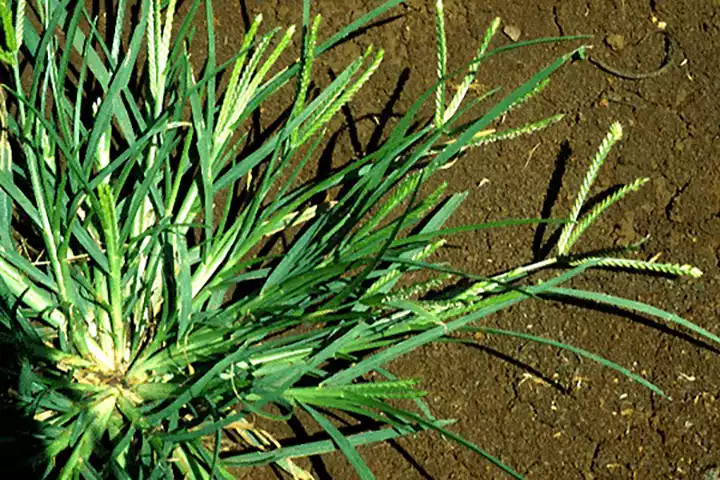Tips and Tricks for Using Goose Grass
1. Identification and Harvesting
Tip: Goose grass is a common weed with distinct features such as narrow, lance-shaped leaves and a sprawling growth habit. It is often found in lawns and gardens.
Trick: Harvest goose grass in the morning when its medicinal properties are at their peak. Ensure you gather it from areas free of pesticides or pollutants.
2. Preparing Goose Grass Tea
For Internal Conditions:
- Diabetes Management: Brew a tea with a handful of fresh or dried goose grass leaves or roots. Boil in 500 ml of water for 3 minutes. Drink one glass daily.
- Kidney Disease Support: Use a similar preparation method as for diabetes. The diuretic properties help manage fluid balance.
- High Blood Pressure: Regularly drinking goose grass tea can assist in maintaining healthy blood pressure levels.
- Fever Reduction: Use roots for brewing tea, and drink as needed to help lower body temperature.
- Pneumonia Recovery: Brew tea from the roots and drink regularly for symptom relief.
Trick: For a more potent tea, let the mixture steep for an additional 10 minutes after boiling.
3. Preparing Poultices for External Application
For Wounds, Sprains, and Parasites:
- Wound Healing: Crush fresh goose grass leaves into a paste and apply directly to the wound. This helps in clotting and healing.
- Ligament Sprains: Apply a poultice of crushed leaves to the sprained area to reduce swelling and pain.
- Parasite Treatment: The natural laxative effect of goose grass can help expel parasites from the digestive tract.
Trick: To enhance the poultice, mix the crushed leaves with a small amount of honey, which can also aid in wound healing.
4. Combining Goose Grass with Other Herbs
Tip: For enhanced effects, consider combining goose grass with other herbs. For instance, mixing it with turmeric can boost its anti-inflammatory benefits.
Trick: Use complementary herbs like ginger or garlic in tea blends to amplify the medicinal properties of goose grass.
5. Storage and Preservation
Tip: Dry goose grass by hanging it in a cool, dry place away from direct sunlight. Once dried, store it in an airtight container to preserve its medicinal qualities.
Trick: Label your containers with the date and type of herb to keep track of freshness and potency.
6. Safety and Precautions
Tip: Although goose grass is generally safe, start with small amounts to ensure you do not have an allergic reaction. Consult a healthcare provider before using it if you have underlying health conditions or are on medication.
Trick: Keep a journal of how your body responds to goose grass treatments to monitor effectiveness and any potential side effects.
7. Integrating Goose Grass into Daily Routine
Tip: Add goose grass tea to your daily routine to gradually experience its benefits. Consistency is key in seeing long-term results.
Trick: Use goose grass tea as a base for other herbal teas to make the treatment more enjoyable. For example, blend it with peppermint or chamomile for added flavor and benefits.
By following these tips and tricks, you can make the most of the medicinal properties of goose grass and incorporate it into your health regimen effectively. Its availability in many backyards makes it a valuable and accessible natural remedy,
